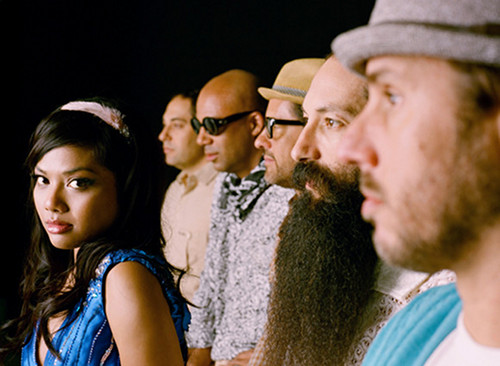KevJumba is one of the biggest stars onYouTube, with more than 1,631,596 subscribers who’ve clicked an incredible 173,609,339 times on his funny videos about life as, well, as KevJumba.
Along with his pal and often co-star Ryan Higa, KevJumba (that’s his YouTube username; his real name is Kevin Kai-Wen Wu) has managed to invented a new form of superstardom, using his incredible creativity and comedic talent in short-form sketches captured on camera. KevJumba even parlayed his YouTube fame into TV screen fame when he and his father Michael were contestants on season 17 of “The Amazing Race.” The team didn’t fare so well, only making 7 out of 11 teams. But his YouTube star continues to shine brightly.
Kevin was recently invited by the Supply Education Project, a non-profit organization dedicated to helping communities in third world countries improve themselves with education, to visit a project the organization is undertaking in a village called Lenana, a slum village of 8,000 residents in Kenya, 10 km west of Nairobi, the country’s capital. The video above is from KevJumba’s trip in May.
His 21st birthday was a couple of days ago, and Kev is asking his fans to help the Supply Education Project raise the money needed to build the village’s first-ever secondary school. They’re aiming to raise $50,000 for the project, and all week, KevJumba and the Supply Education Project are asking people to donate $21 towards the cause — they need 2,381 fans to donate that amount to huts the goal, which is a small fraction of KevJumba’s fanbase. Hell, 3,306 people already clicked “Like” on the project’s Facebook page!
The clock’s ticking on the website — there are five days, 15 hours, 30 minutes and 24 seconds left in the fundraising drive as I type this. So, what are you waiting for?
You can watch more videos from Supply Education Project that show KevJumba’s trip to Kenya.













